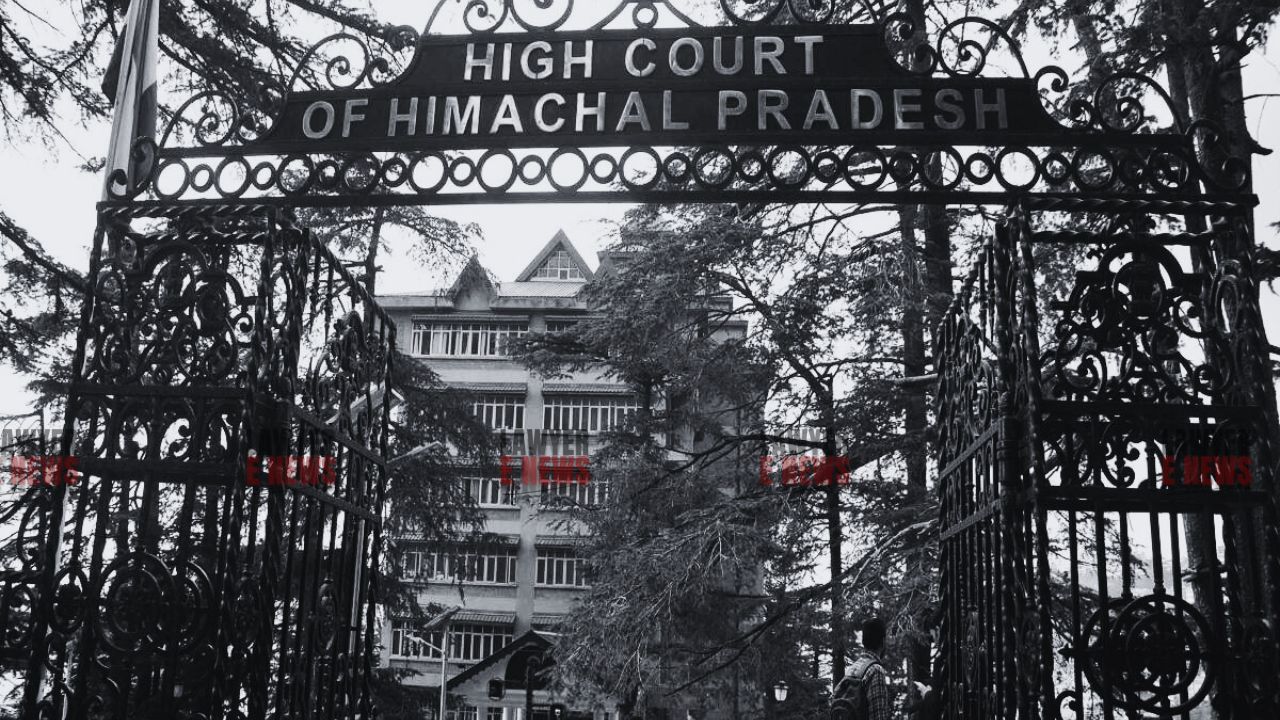-
by Admin
17 December 2025 10:10 AM



The High Court of Himachal Pradesh has reversed the conviction of multiple individuals in the 2014 murder case of Rajinder Singh, alias Bhura. The court’s decision, delivered by a bench comprising Justices Tarlok Singh Chauhan and Sushil Kukreja, underscores significant inconsistencies in witness testimonies, unexplained delays in filing the FIR, and procedural lapses in the trial court’s judgment, leading to the acquittal of the appellants.
The case originated from an incident on November 11, 2014, when Rajinder Singh was allegedly beaten to death at a drug de-addiction center in Raja Khassa. The appellants, including Satnam Singh, Baljinder Singh, Kamal Jeet Singh, and Harjinder Singh, were convicted by the trial court based on testimonies from eyewitnesses, recovery of weapons, and forensic evidence. However, significant delays and inconsistencies in the prosecution’s case led to the appeal.
The High Court identified major contradictions in the testimonies of key witnesses (PW-1, PW-2, PW-5). The court noted, “The discrepancies in the evidence of eyewitnesses, if found to be not minor in nature, may be a ground for disbelieving and discrediting their evidence” (Paras 11-16, 26-34). Witnesses failed to report the incident immediately despite having the opportunity, raising doubts about their presence and the credibility of their statements.
The court held that the unexplained delay of six days in lodging the FIR seriously undermined the prosecution’s case. Justice Sushil Kukreja remarked, “The delay in lodging the FIR corrodes the credibility of the prosecution story. Since the FIR was lodged by the complainant after an inordinate and unexplained delay of six days, the story of the prosecution has become wholly unreliable” (Paras 19-27).
The recovery of weapons was deemed doubtful due to tampered dates on the recovery memo and the improbability of weapons being left in an accessible location. The testimony of the recovery witness was found unreliable (Paras 36-37). Additionally, the forensic evidence failed to conclusively link the blood samples found at the scene to the deceased, contradicting earlier claims that the blood was washed away immediately after the incident (Paras 38-39).
The court emphasized that strong suspicion cannot replace legal proof. Justice Chauhan stated, “Suspicion, however grave it may be, cannot take the place of proof, and there is a large difference between something that ‘may be proved’ and ‘will be proved’” (Paras 41-42). The prosecution failed to establish the guilt of the accused beyond reasonable doubt, resulting in the acquittal of all appellants.
Justice Sushil Kukreja highlighted the importance of credible evidence, saying, “The mental distance between ‘may be true’ and ‘must be true’ must be covered by way of clear, cogent, and unimpeachable evidence produced by the prosecution before an accused is condemned as a convict.”
The High Court’s judgment underscores the critical importance of prompt and consistent evidence in criminal cases. The decision to acquit the appellants not only highlights significant procedural and evidentiary shortcomings in the prosecution’s case but also reinforces the principle that legal proof must be beyond reasonable doubt. This landmark judgment is expected to influence the handling of future cases, ensuring that procedural diligence and evidentiary integrity are upheld.
Date of Decision: July 16, 2024
Satnam Singh & Others vs. State of Himachal Pradesh
